WHAT YOU WILL NEED:
- Duplicate of flashcards set (perhaps 2 copies of each word)
- Scissors
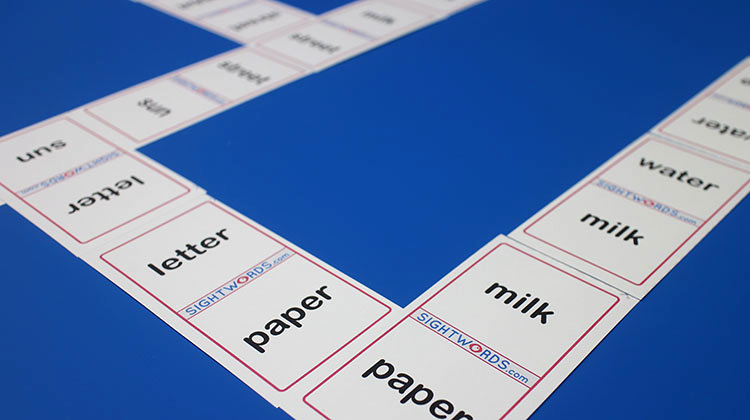 |
| The game layout can look like this |
WHAT TO DO:
1. Cut out all the flashcards
2. Place the flashcards down
3. Each player gets half (this game is for two players only)
4. Place the same words down that will go together
5. The player who finishes all their cards is the winner
SIGHT WORDS GAME 3: Pop!
Similar to Oh! Don't be greedy, this game involves more use of the two senses: Sight and Touch.
x1 Brown paper bag
Black marker
Flashcards sight words
HOW TO PLAY:
1. Write POP! on the brown paper bag using the black marker
2. On a few cards, write the words POP on it
3. Place all the Sight flashcards and the POP cards in the bag
4. Have your little one read each flashcard, if they should receive a POP card then their turn is over and must discard the cards
5. The next player goes and repeats the process
Happy learning! :)
______________________________________________________________
BLENDS AND DIAGRAPHS CHART:

_____________________________________________________________________
SIGHT WORDS GAME 2: Tic Tac Toe
A classic game of Tic Tac Toe but in the form of learning Sight words.
WHAT YOU NEED:
* Sight words list
* Black marker
* Cardboard (A5 sheets, different colours and the amount you use is how many games you make)
* x2 Different colour tokens
WHAT TO DO:
1. Draw up basic picture for Tic Tac Toe as seen below

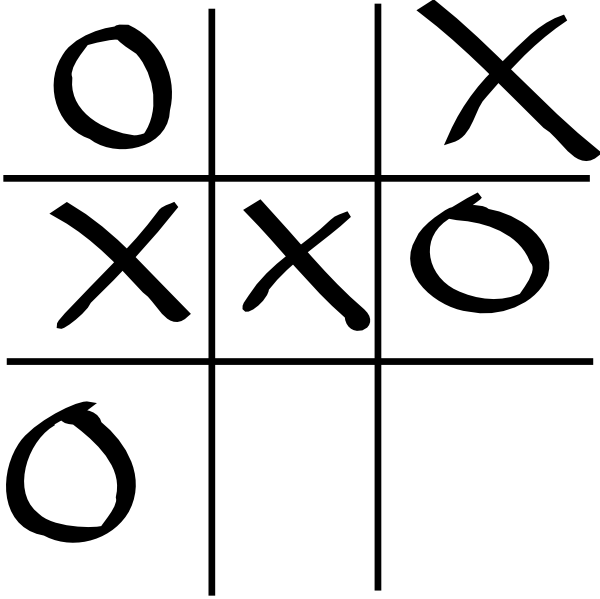
2. Write the sight words in the columns. Mark off the ones that you have used off your Sight Words List
3. Each player takes a turn by saying the Sight word on the column and then cover the word with a token
4. First player to get three token either diagonal, left to right, right to left or up and down is the winner
SIGHT WORDS GAME 1: Oh! Don't be greedy
WHAT YOU WILL NEED
* List of flashcards printed on A4 cardboard
* Scissors
* Flashcards that say Oh! Don't be greedy (should have about 9 of them made)
WHAT TO DO:
* Cut out all the flashcards
HOW TO PLAY:
1. Place all the flashcards faced down
2. The first player takes one card from the top and reads it
3. The first player can continue to take cards
4. If the first player chooses to go on and get an Oh! Don't be greedy card then they have to discard their cards in a separate pile
5. It is then up to the second player to now start the whole process again
Choosing to go with reading the faced-down cards from the pile is a choice and a risky choice at that
__________________________________________________________________________
5 Steps to use for Phonics homework:
Look at the word
How many parts are there?
What are the tricky bits?
Can you find any spelling patterns?
SAY
Say the word to yourself
Break the word into syllables
How many parts are there?
What sounds can you hear?
Cover up the word so you cannot see it
Picture the word in your mind
Write down the word remembering how it sounds
and what it looks like
CHECK
Check to see if it is correct
Tick the letters you got correct
_________________________________________________________________________Phonics Blends
Once the basic letter sounds are mastered then I move onto teach Sound Blends. Each sound blend is grouped together and taught using different Sound Blend flashcards. The flashcards are colourful and are fun to learn. Different Educational Games are played for students to master the sounds. The sound blends are also grouped together and a reading book is used focusing on that specific sound. For example, if we are focusing on e + a = ea sound blend then a book, word list, and flashcards set is given taught and then if needed, it is given for "Happy Homework" (Productive Homework) for that day. Below is a sample page of Sound Blends that are taught:

______________________________________________________________________

Reading out loud
Reading is so important. At Counting Stars, I assist with Beginner and Advanced readers but it is important for children to also read at home. I encourage at least two full pages to be read at home. This doesn't take a lot of time. Only a short time yet it does such wonders. Reading out loud to an adult is important because of the following reasons:
☆ BRAIN DEVELOPMENT: Babies are born learning. From birth to age 3, these are the critical years for development of language skills that are foundational for learning success. Parents are a child's first and most important teacher
☆ LANGUAGE: The number of words that a child knows when he or she enters preschool is the most important predictor of a child's success or failure. Reading aloud grows your child's vocabulary and introduces many words and concepts that you might not use in everyday conversation
☆ LITERACY SKILLS: Vocabulary, Phonics, Familiarity with the printed word, Storytelling and Comprehension. Reading aloud is invaluable for building literacy skills
☆ KNOWLEDGE: Books are such a pleasure and they are also informative. You and your child can learn something new when you read aloud
☆ LOVE OF READING: Parents that read aloud demonstrate that reading is important and that reading is enjoyable and that reading valuable
☆ BONDING: Is there anything better than a good book with a child in your lap?
___________________________________________________________________
Different levels of Reading and Writing
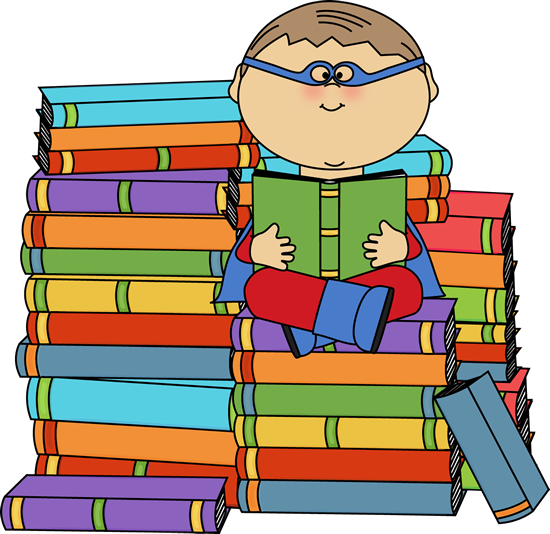
PRESCHOOL YEARS (5 - 7 years old):
☆ Have good pencil grip so know how to hold a pencil correctly
☆ Able to write numbers 0 - 9, be able to write the upper and lower case of letters correctly
☆ Be able to read short stories and spell three letter words correctly
FOUNDATION PHASE YEARS ( 6 - 9 years old):
☆ Be able to read, understand and answer basic comprehensions
☆ Be able to include all the parts of a story when doing Creative Writing
☆ Be able to read correctly
☆ Be able to read and understand more than three letter words correctly
________________________________________________________________________
Learning to Read
At Counting Stars, I have developed my own reading program that is perfect for Beginner Readers. When learning to read, it is important to first start at way at the beginning. I teach little ones the letters of the alphabet first and then slowly move onto the rest of the letters blends. I have put together my own Phonics book for Beginner Readers.
When teaching the alphabet, obviously start at the first letter but then use pictures that are easy to recognize so that the picture is first seen and then the first letter is sounded out second.
E.g. a for apple. Making alphabet charts is also a wonderful way to start learning the alphabet, keep things as visual as possible.
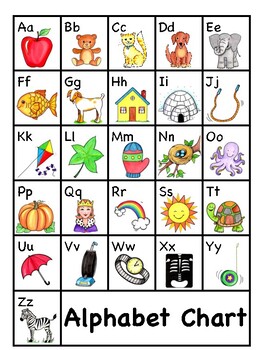


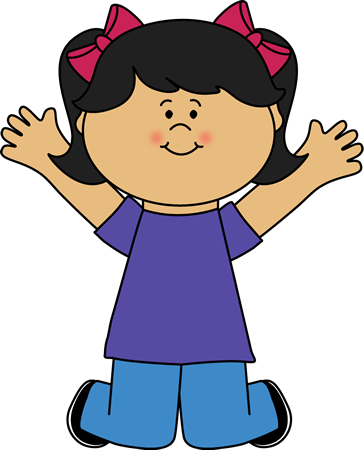




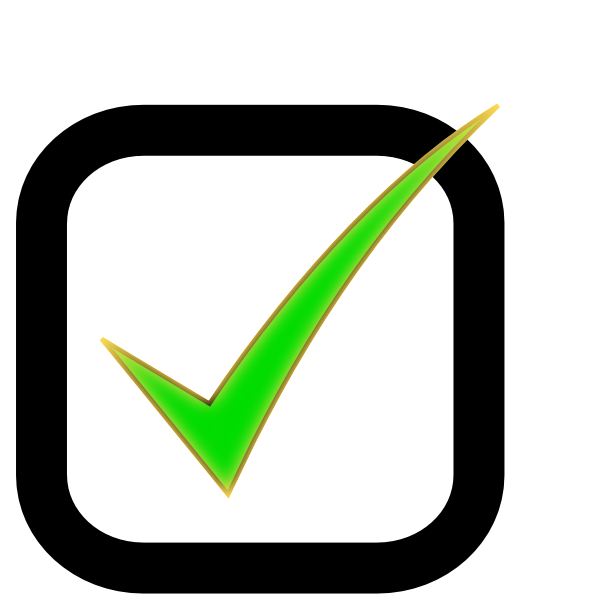

No comments:
Post a Comment